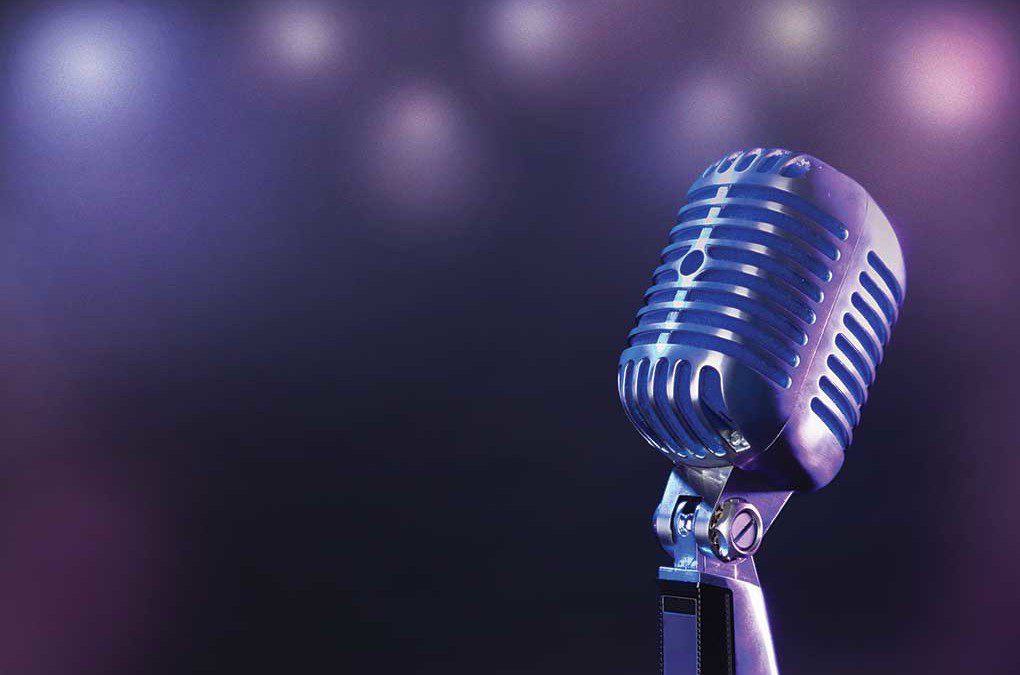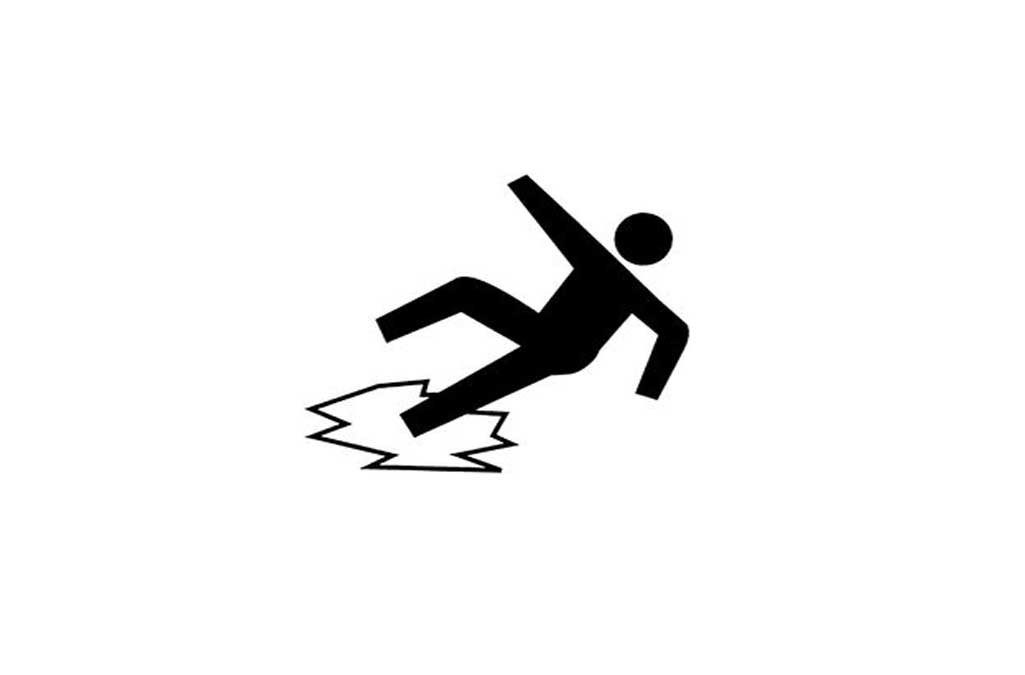
Jun 1, 2016
If you find it difficult to hear your conversation partners, you are probably suffering from age-related hearing loss (“presbycusis”). The only way to confirm this diagnosis is to schedule a hearing test that charts the type, degree, and configuration of any hearing...

May 25, 2016
It is already known that hearing-impaired adults can improve their mood, social lives, and quality of life by availing themselves of the use of a hearing instrument. The most recent research now also reveals that, by getting fitted with a hearing instrument,...

May 18, 2016
One of the most important characteristics of a hearing instrument is the number of “frequency channels” it has. Sounds are processed and amplified by a hearing instrument on the basis of their frequencies and volumes. The hearing specialist refers to the wearer’s...

May 11, 2016
The World Health Organization (WHO) recently declared that the single largest cause of preventable hearing loss is exposure to loud noise, such as that associated with loud music and heavy industry. However, this does not mean that people who do not work in machine...

May 4, 2016
One of the most helpful features in hearing instruments involves the use of “directional microphones”, which effectively improve speech understanding amid background noise. In their simplest sense, these microphones amplify sounds directly in front of the user more...

Apr 27, 2016
The Centers for Disease Control and Prevention (CDC) reports that one in every three people over the age of 65 falls each year, and that one out of five falls results in serious injury (broken bones, head injury, etc.). Because falls often severely compromise seniors’...







